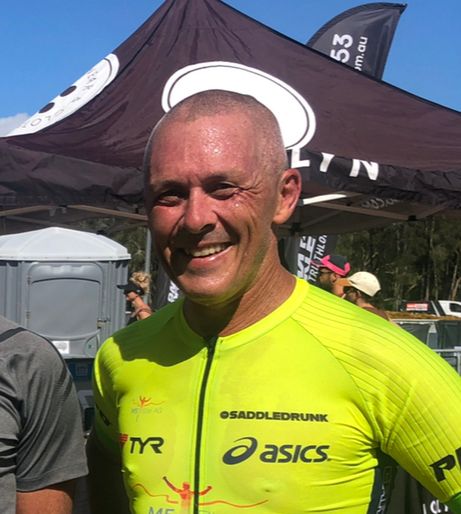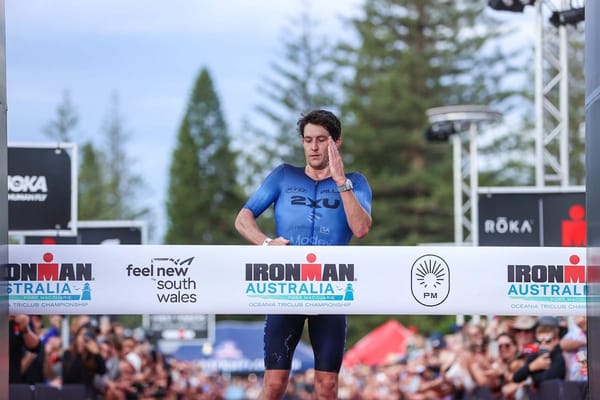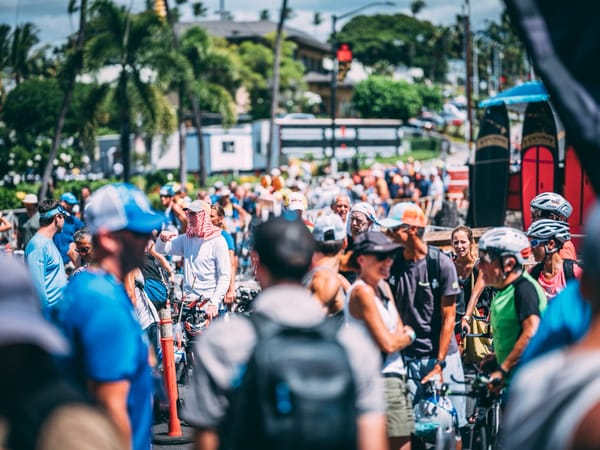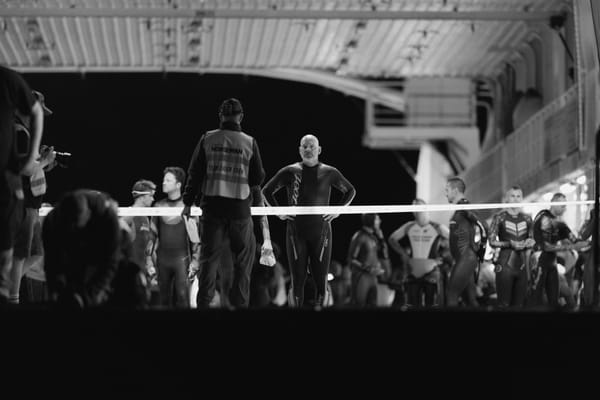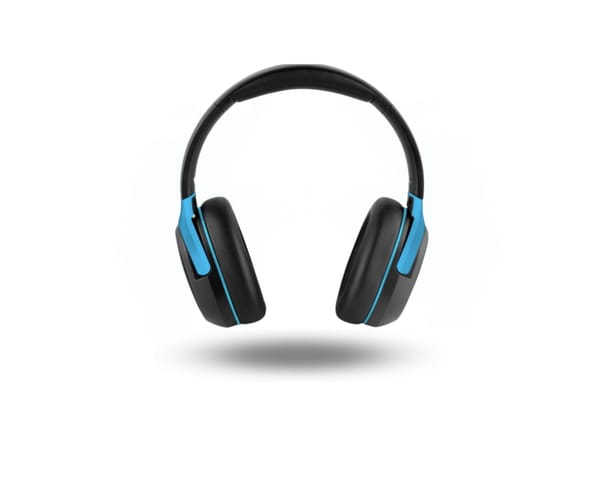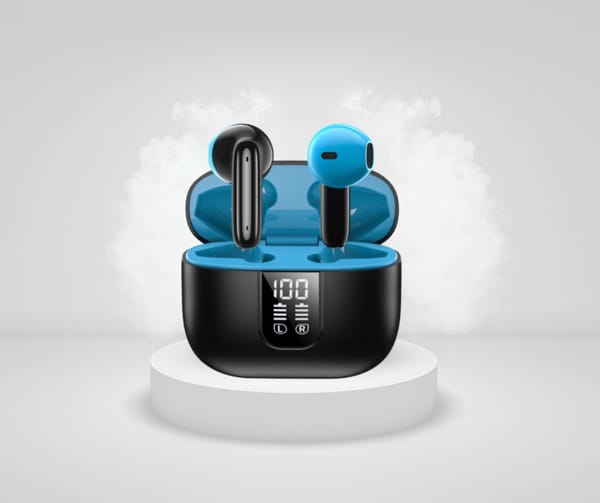One of the first things a well-versed coach or physio will consider if an athlete complains of knee pain after cycling is the position of the cleat on the shoe. Subtle changes to cleat position can cause, or alleviate, knee and hip pain in particular, and improve or detract from power generation on the road. So, how do you optimally position your cleats?
Athletes often ask me about optimal cleat position after they have purchased a new pedal system and/or pair of shoes and need to re-position their cleats. The short answer is there isn’t a ‘one size fits all’ approach to this quandary. In fact, specialists like former AIS cycling biomechanist Brian McLean PhD will spend the best part of an hour measuring shoe dimensions and foot position on the pedal before committing to a placement. It’s the reason guys like Cadel Evans and Stuart O’Grady seek him out.
So, while the answer to the question can be fairly involved, I’ll cover the basics in order to give you some pointers for finding your optimal position. If you’ve been suffering pain and it persists (even after making some of these adjustments), be sure to see a sports physio. It’s just as important to see a physio with experience working with endurance sport athletes like cyclists, triathletes and runners, as the cause of the pain could be any number of things.
Simply reviewing how you stand when relaxed will give you an indication and idea of what lies in store for you when setting your cleat position. For example, if you stand with knocked knees, you will probably need to adjust your lateral position. Or, if your feet turn out like a duck, you will need to consider the angle of your cleat.
Lateral adjustment
The angle from hip to knee is known as the Q-angle. Women, generally with broader hips, have a greater Q-angle than men, who tend to be more straight up and down. The Q-angle has a direct affect on cleat positioning. You’re almost certain to suffer knee pain if you get the Q-angle wrong, particularly if you don’t have a floating pedal system.
So, what constitutes optimal positioning? Your legs and feet should be in a natural position, not forcing the body to pedal in an unnatural manner. Forcing your legs wider or narrower than is natural will often produce knee pain. For the majority of us this will probably mean moving your cleats to the outside of the shoes’ sole, to allow them to get as close to the crank arm as possible. Riders with wider hips will benefit from moving their cleats to the centre or even as far as the inside of their shoes to push their feet further out.
Angling the cleat
In many cases, riders don’t ride with perfectly straight feet. The feet are either turned in or out. To compensate for this and to take full advantage of floating pedal systems, the cleat needs to be angled such that when in the natural position, the cleat is centred on the pedal.
Angling the heel out requires the tip of the cleats to be pointed away from the crank. Angling the heel in, will require the cleats to be pointed towards the crank. The amount will vary depending on how far off-centre the foot is while riding and it is likely to be different on each foot.
Forward and aft
Moving the cleat backwards and forwards along the sole of the shoe has a huge impact on the potential power generated through the cranks. The most basic and, I believe, the most effective position is with your cleat set such that the pedal spindle sits below the ball of the foot. The ball of your foot is slightly behind where the foot bends when walking and this will improve the power transfer from shoe to pedal.
Small adjustments, even millimetres, often translate into big differences in feel. Try setting up a new set of cleats so they are solidly in place, but not locked away. Then jump on the turbo-trainer in a small gear and spin your legs for 30-to-60 minutes. Let your feet settle into a position that feels comfortable by moving your feet (and consequently the cleats) around on the sole of the shoe. Once you’ve found an appropriate position, carefully remove your feet from your cycling shoes, without moving the cleats. Flip the shoes over while they are still bound to the pedals and lock the cleats off. Then remove the shoes from the pedals and review them.
If (a) the cleat positioning is much the same on both shoes (and of course you don’t have huge leg differences from one leg to the other), and (b) the placement of the cleats generally conforms to the points I’ve raised above, chances are you’ve found a reasonable position for your cleats.
Further refinement? You’ll probably need to invest a few dollars with a specialist to do a one-on-one fitting.
